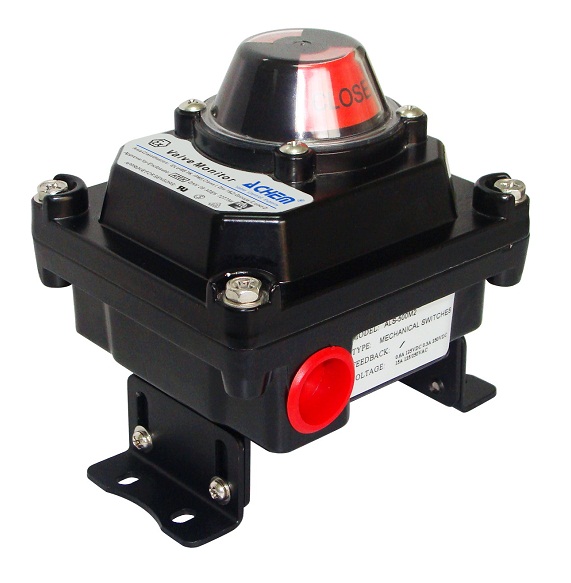Process manufacturers are faced with multiple considerations when choosing a valve controller/switchbox that will best meet their application needs. Key aspects to consider include product endurance in demanding environments, agency certification, ease of installation, maintenance requirements, and product support.
Tip 1: Choose products engineered for endurance
Reliability and durability are extremely important when choosing a valve controller. Look for products that have been tested for endurance in extreme hot and cold temperatures, and are proven to resist deterioration or chipping, even in corrosive environments or abusive conditions. This selection increases life-cycle performance and reduces potential replacement or maintenance costs. Tests may include dust chambers, intense water pressure, or complete submersion. Products should also be tested against corrosive and caustic chemicals, and need to be proven impact and step resistant. Construction materials should include aluminium, stainless steel and engineered resin enclosures, as well as options for special protective coatings for harsh environments. Seek suppliers that proactively design products to pass the intense testing criteria of the various major certification agencies.
Oftentimes the little things make a difference. For example, having two dedicated conduit entries on your valve controller, this enables through wiring. This is especially helpful when installing bus networks such as AS-Interface. Also, consider the total installed space, including brackets and solenoids. Consideration should also be given to visual indicators that are disproportionate to the housing size. Overall space required can be minimized by using direct mounting controllers. Integrated solenoids are an excellent choice, because they save space, eliminate the need for additional junction boxes, and ease the installation process. These integrated solenoids are great for Class 1, Division 1 (Eex d) applications, because they eliminate the need for explosion proof protection on the coils, and provide extra pilot protection.
Tip 3: Demand product flexibility
It’s important to seek suppliers that offer enough options to satisfy complex application needs. These suppliers will offer all major fieldbus protocols such as Foundation Fieldbus, Profibus, DeviceNet, and AS-I, and in addition, also offer all the major sensor options, Pepperl+Fuchs, 4~20mA transmitters, and mechanical switches. Full line suppliers will also offer the right pilot valve options, including solenoid valves with low power consumption, a variety of flow (Cv) rates, and pneumatic accessories such as speed control and manual overrides.
Tip 4: Identify suppliers with global certifications
There is an increased global need for products with multiple certifications to ensure safety and quality. These certificates makes it easier to standardize across plants worldwide. Seek suppliers with all major certifications (UL/CSA, c-UL, CENELEC/ATEX, CE mark, etc.). The reduction to a single part number can significantly increase cost savings. Suppliers should also offer solutions for all major hazardous area classifications, including Zone 0 (Intrinsically safe), Zone 1 (Flameproof/Explosion proof), and Zone 2 (Non-Incendive), as well as General Purpose areas.
Time well spent
Process engineers often leave it up to their valve and actuator supplier to provide whatever type of limit switchboxes the suppliers may recommend. It is imperative to choose experienced suppliers with globally certified products, endurance tested, and have reputable manufacturing support. Be informed and pro-active in your choice. Clearly specifying the desired features that will enhance performance, save space, support standardization, ease installation and maintenance will assure that these benefits are consistently realized.
The team at Switches International is willing and able to assist you in the selection of the trusted product range. Contact them at 011-462-4253.
